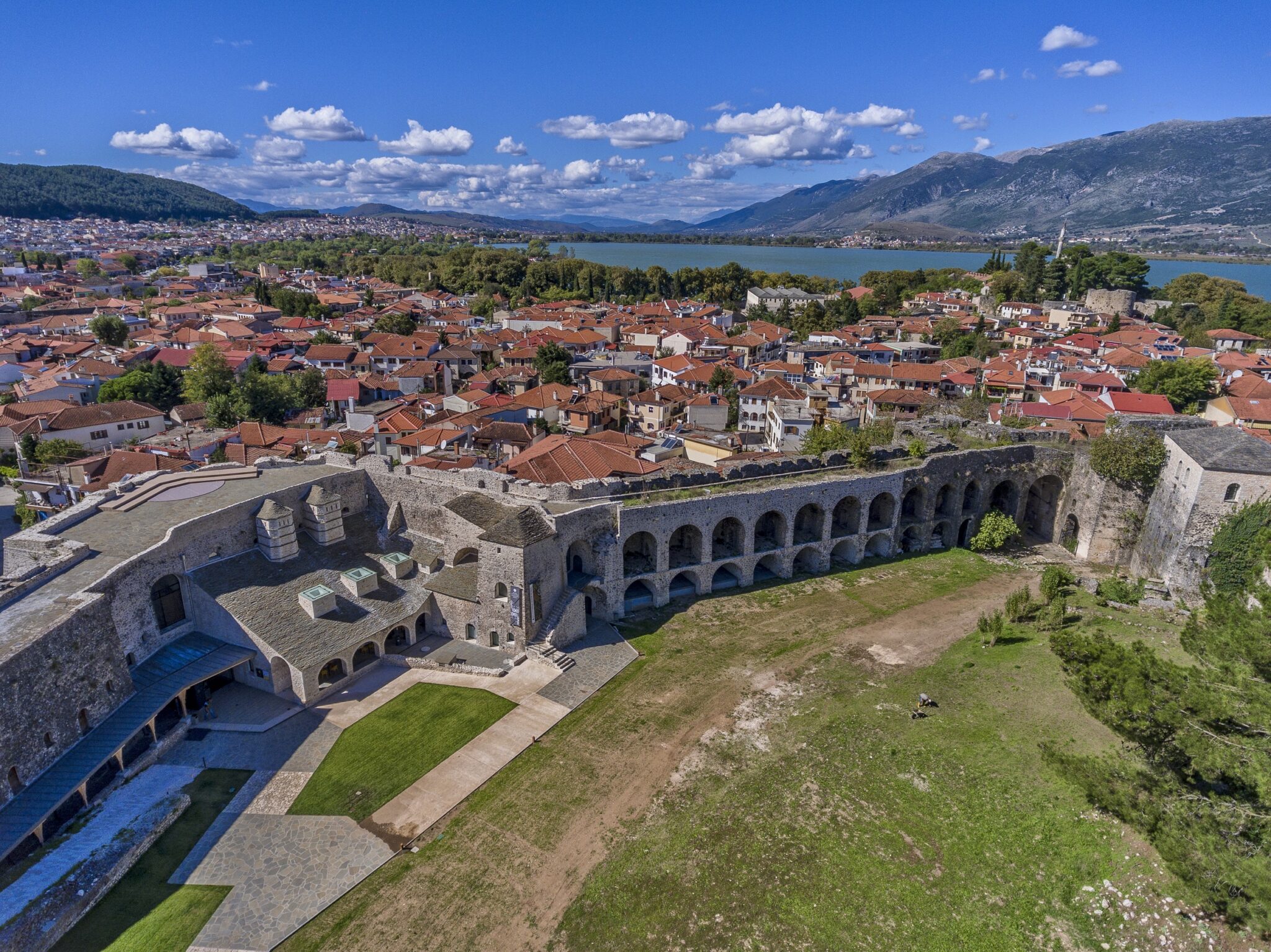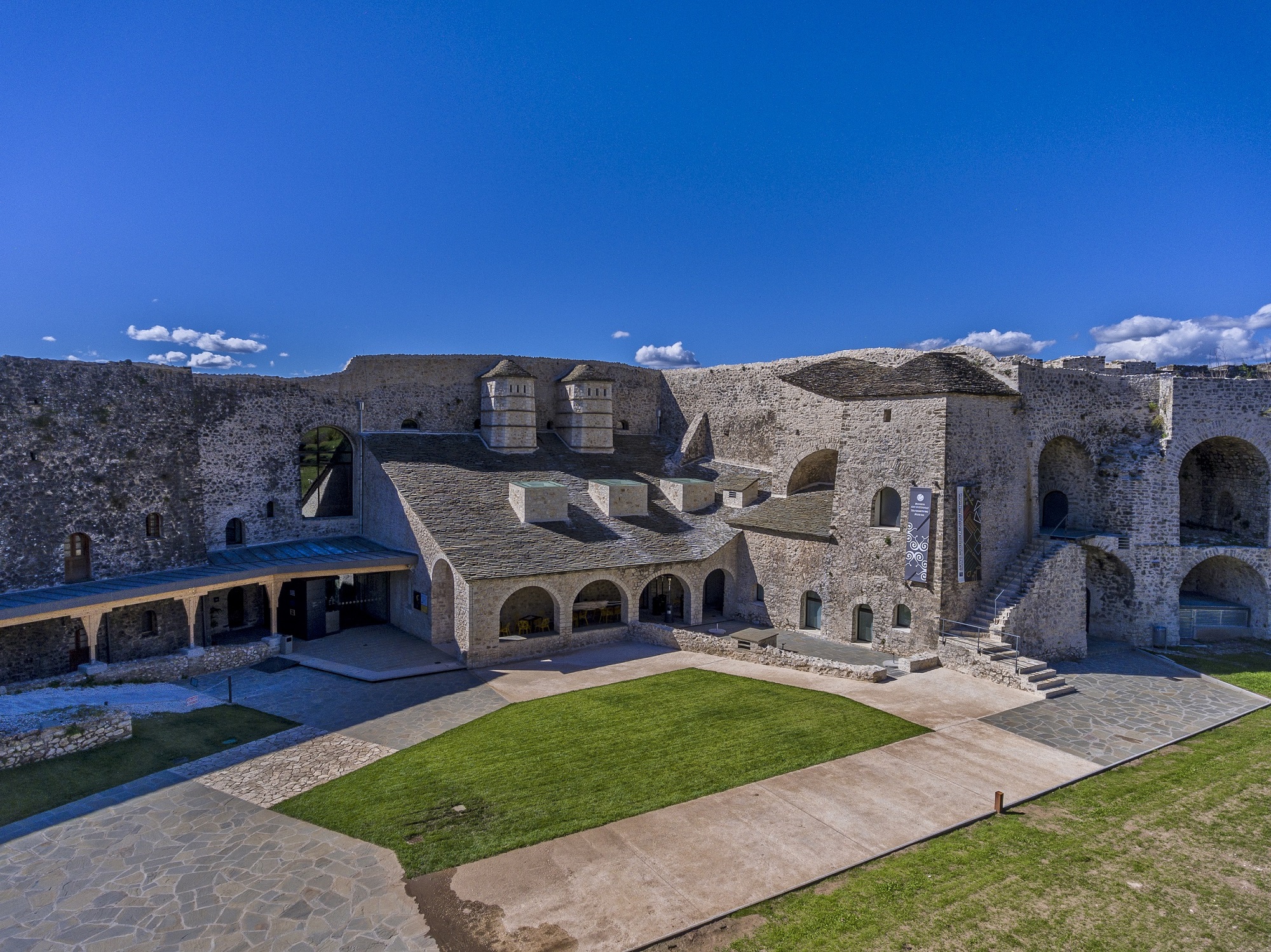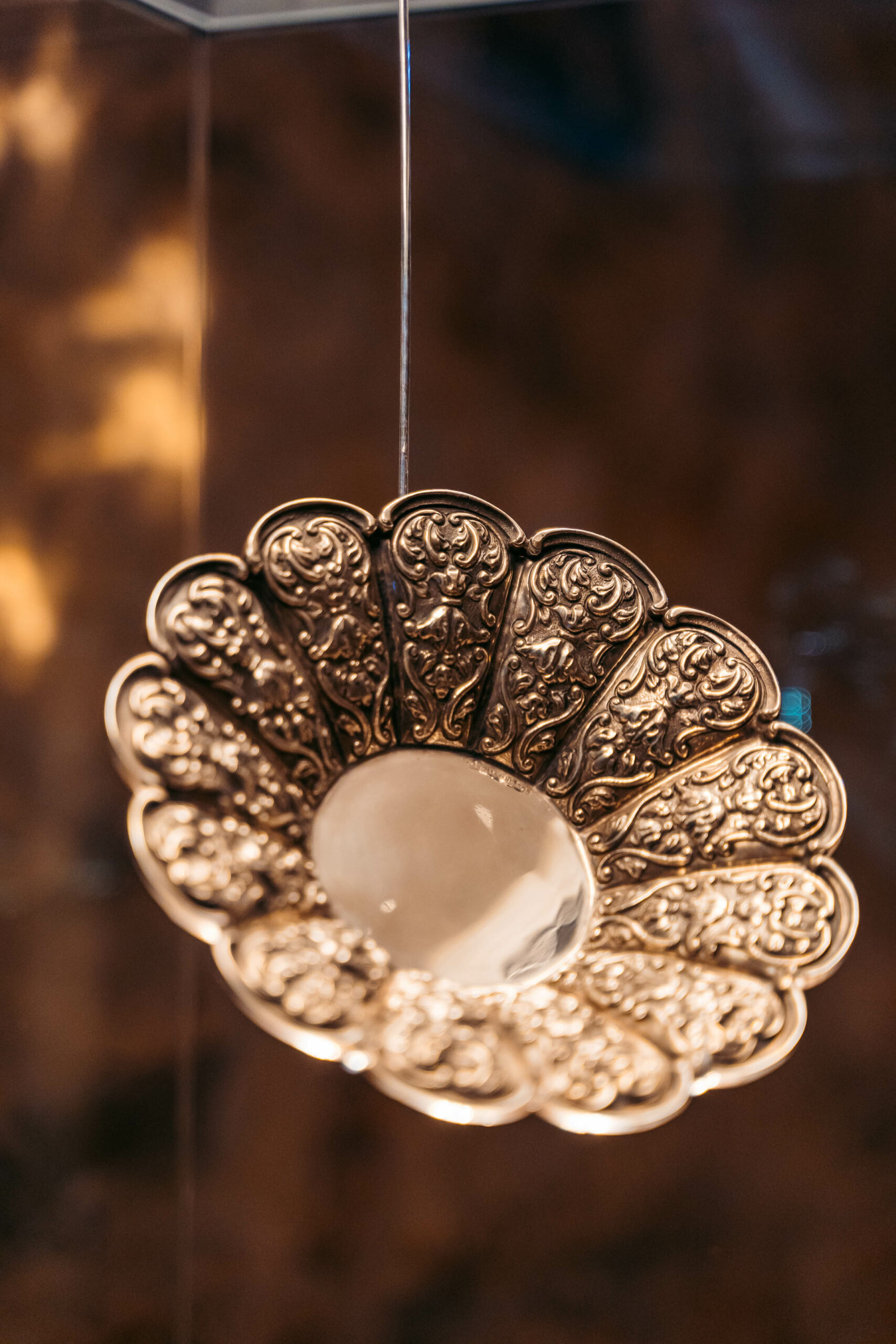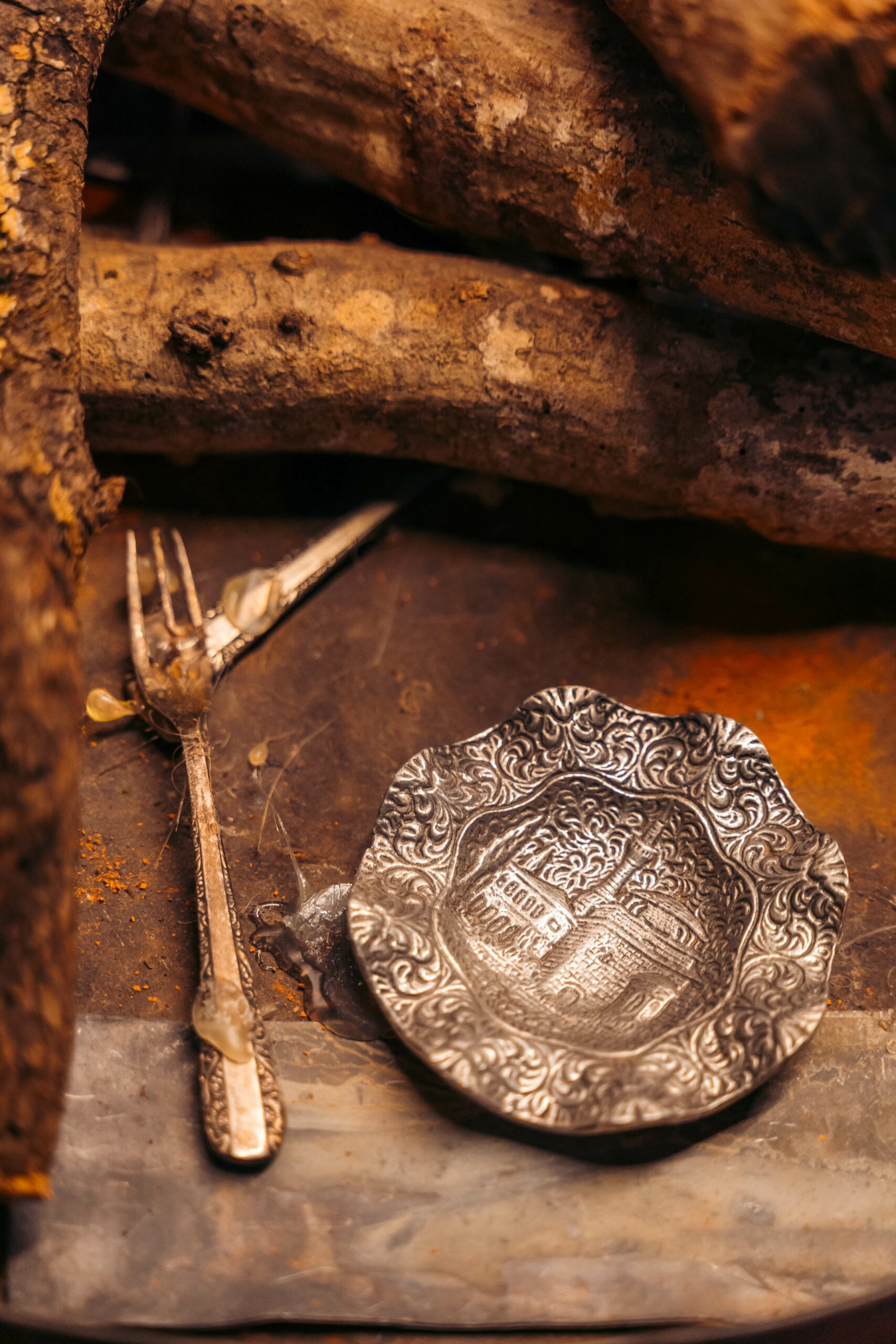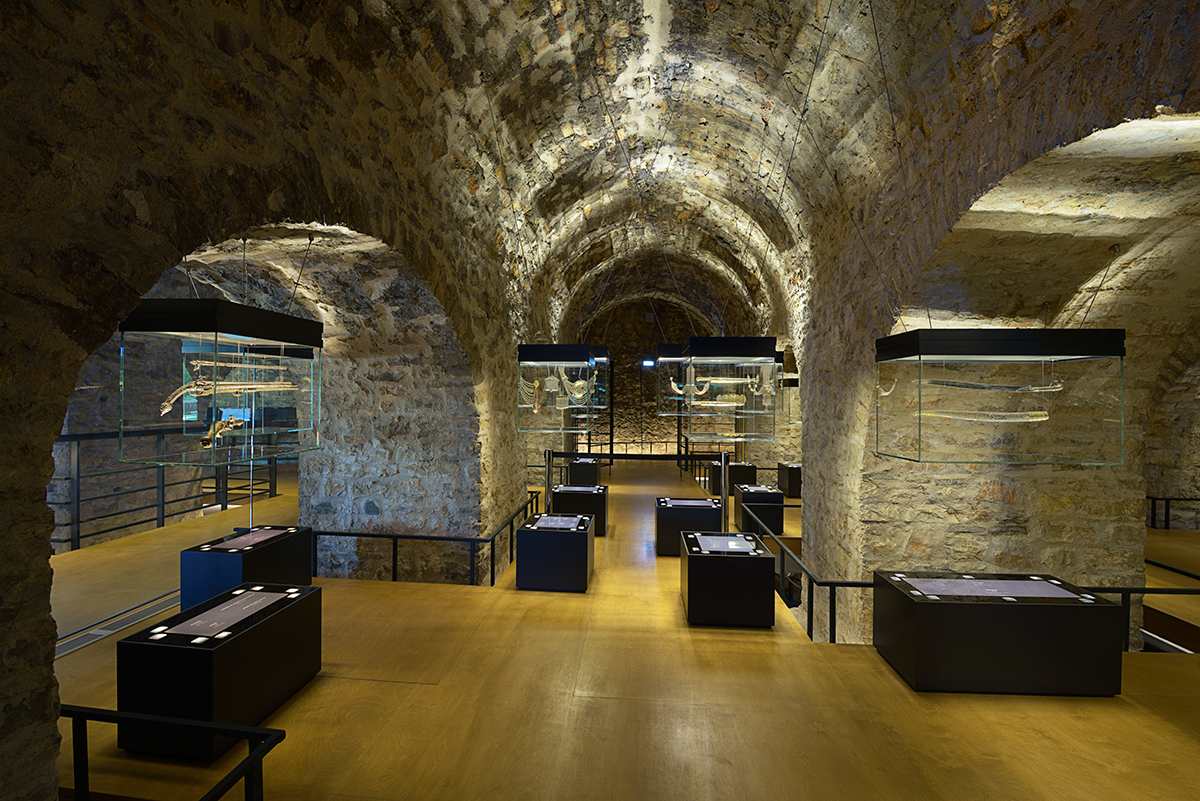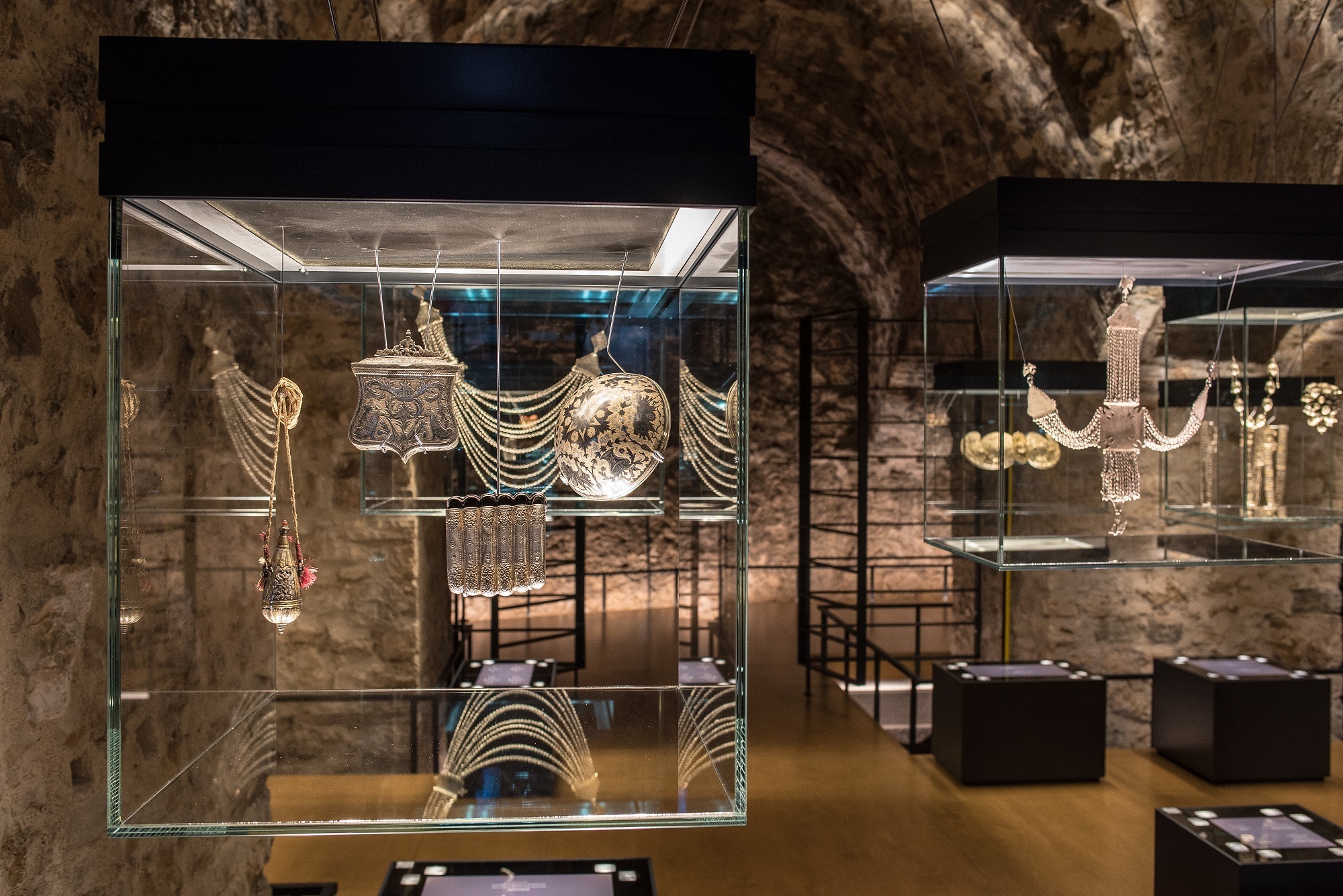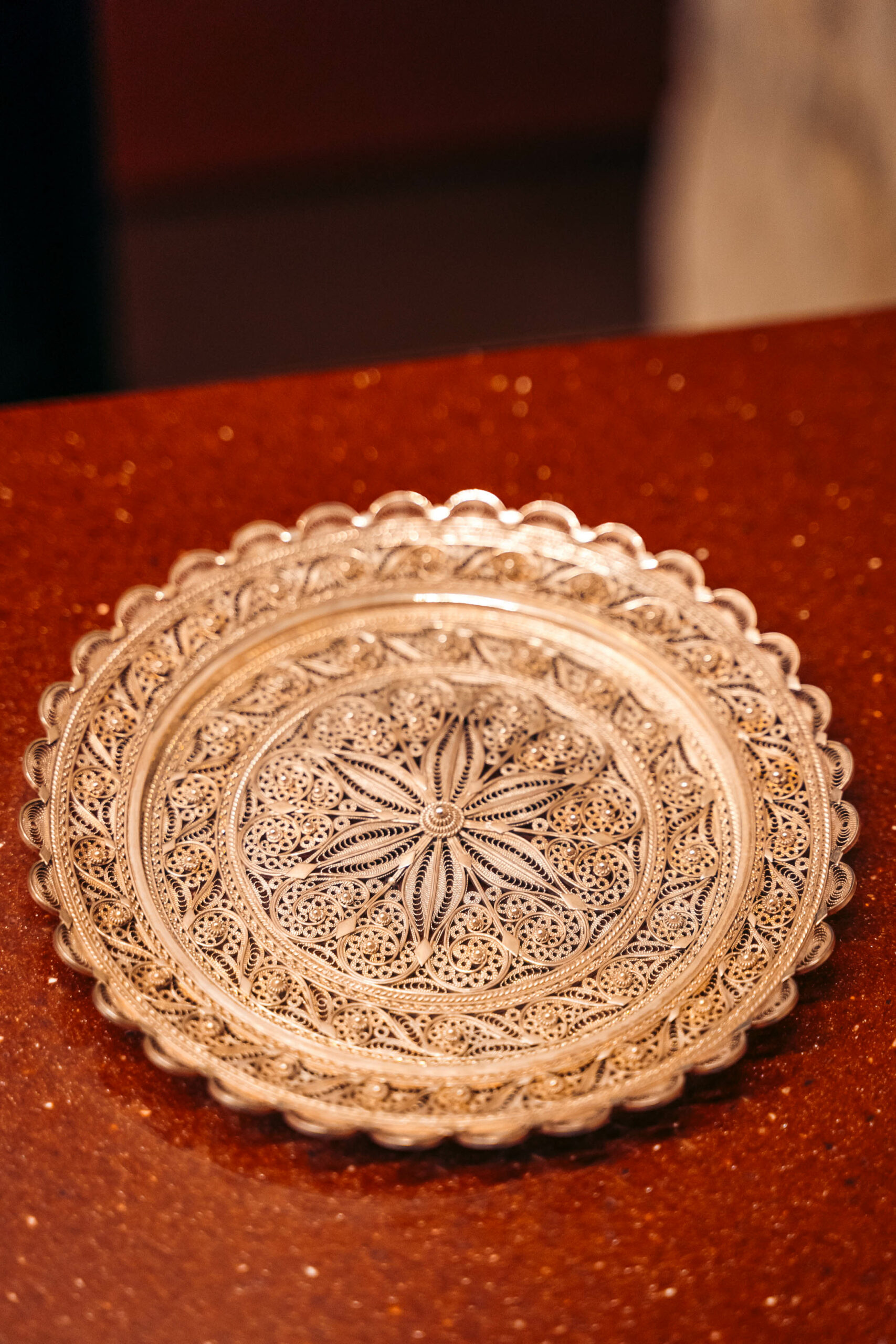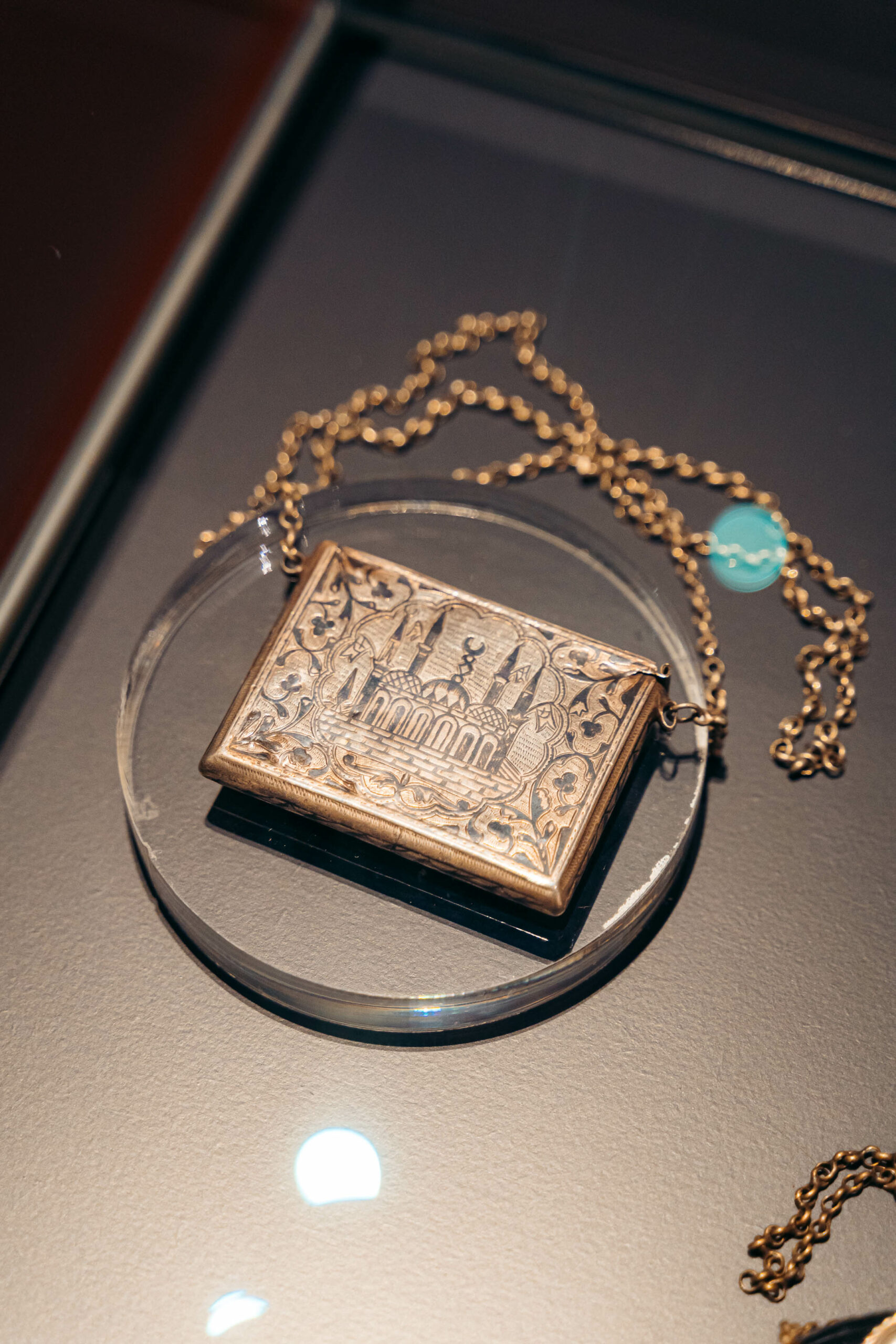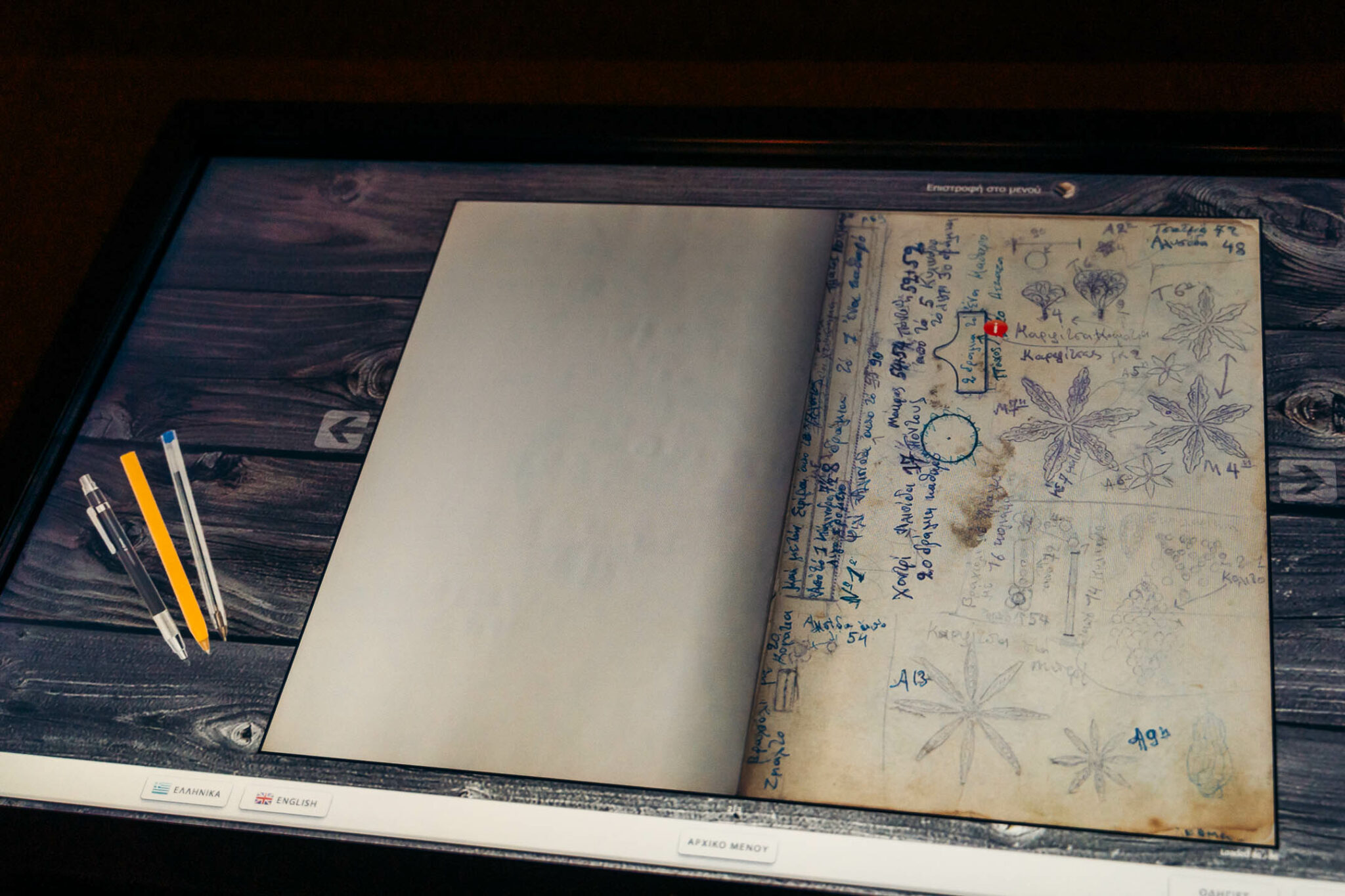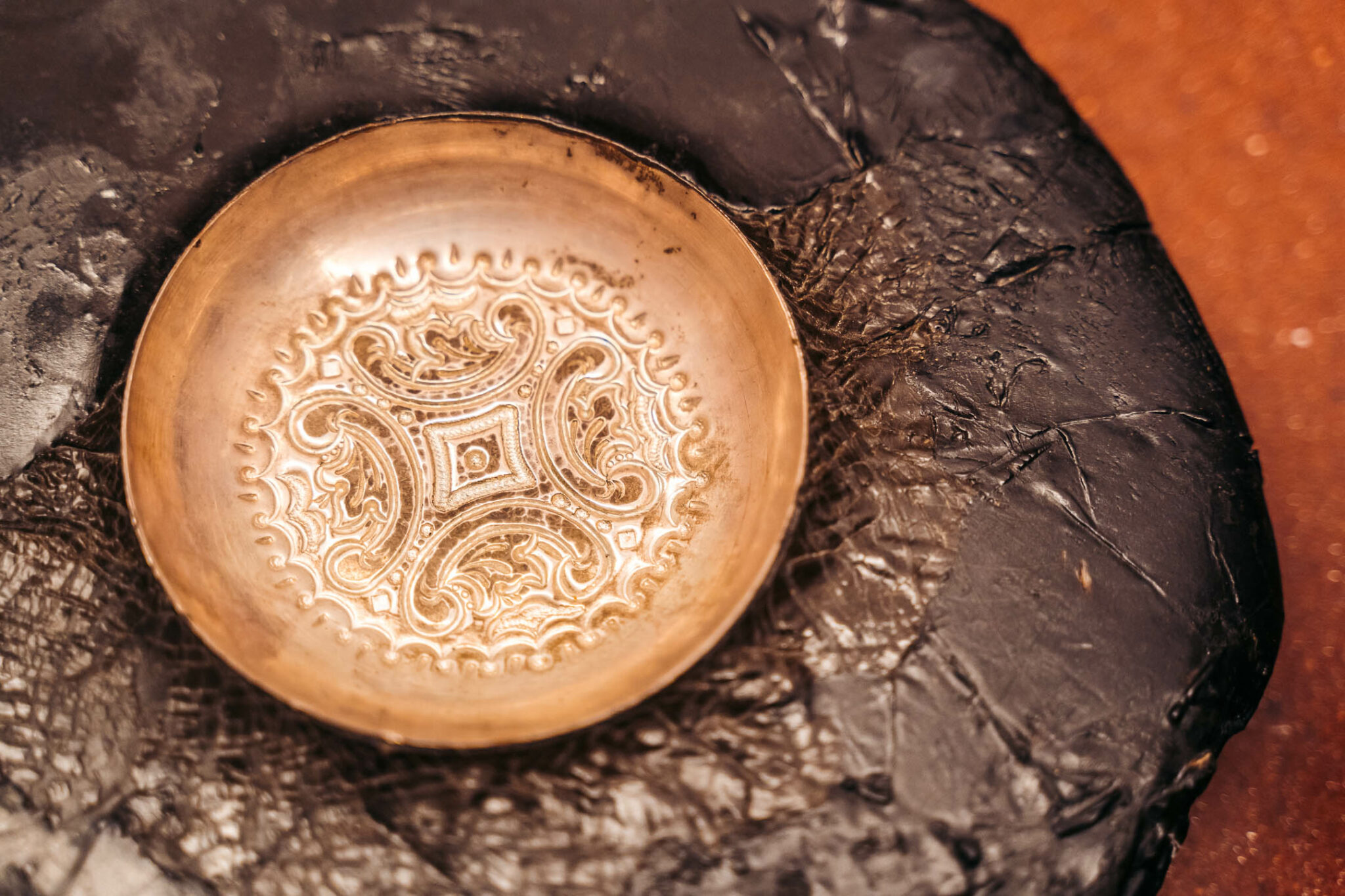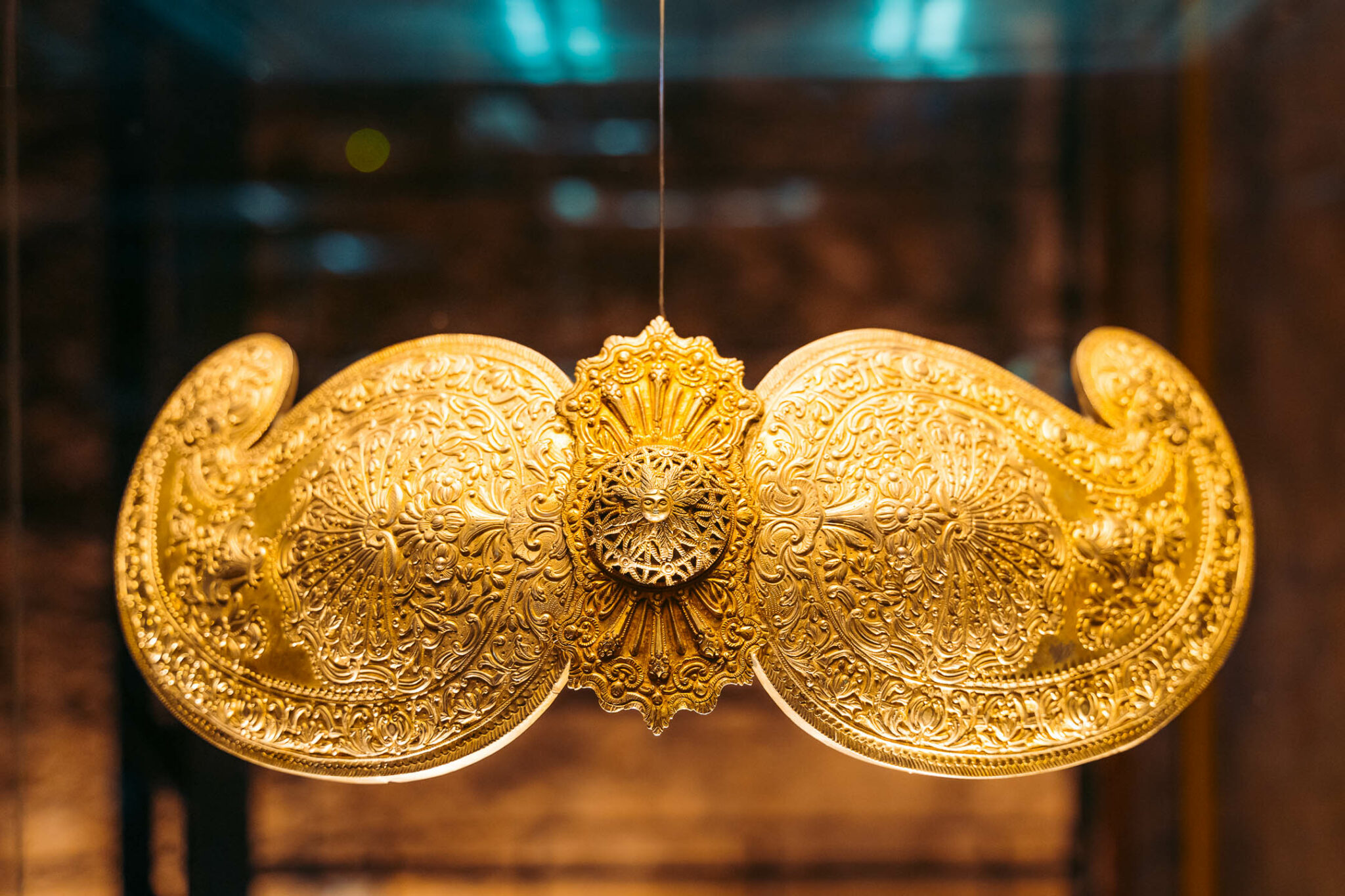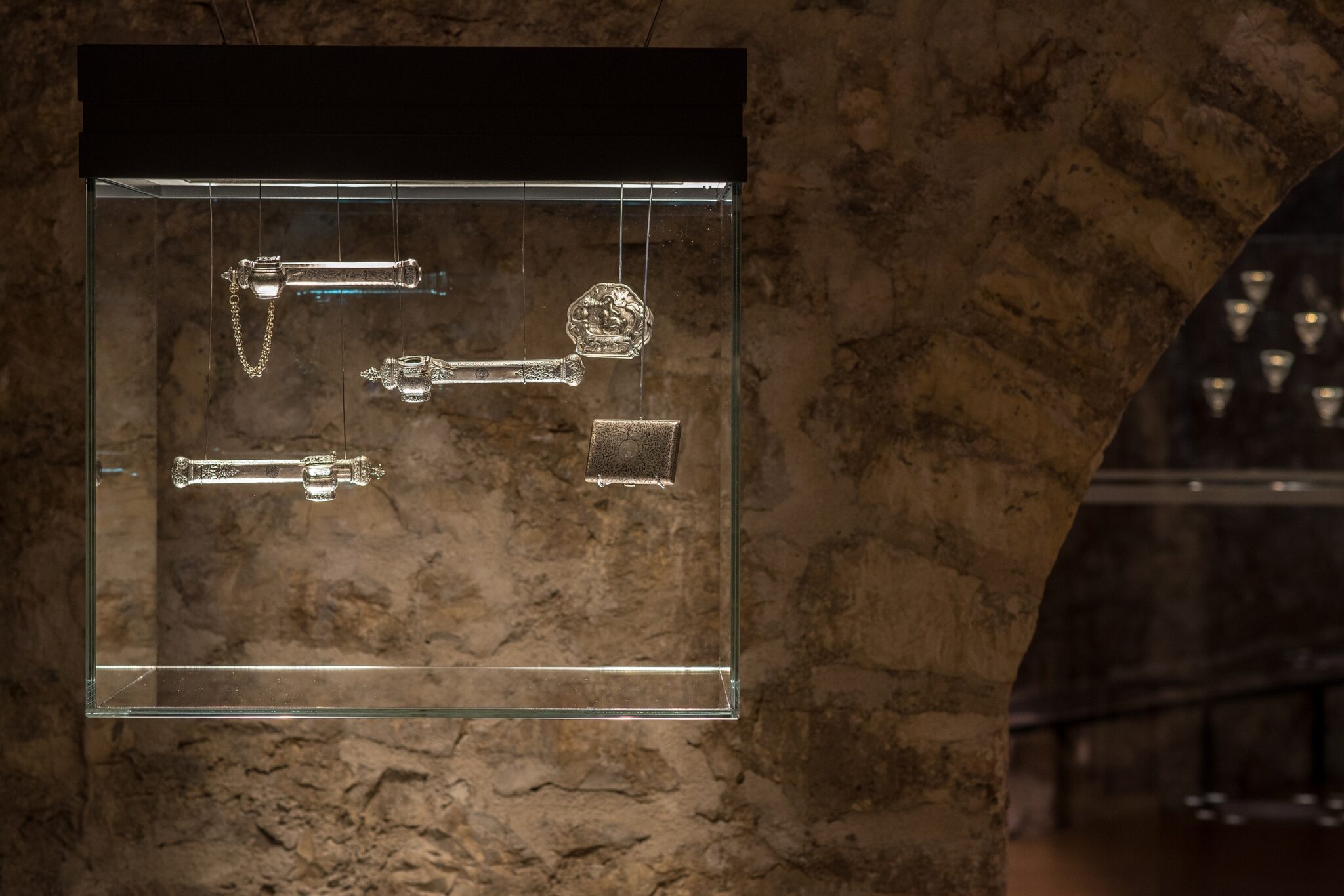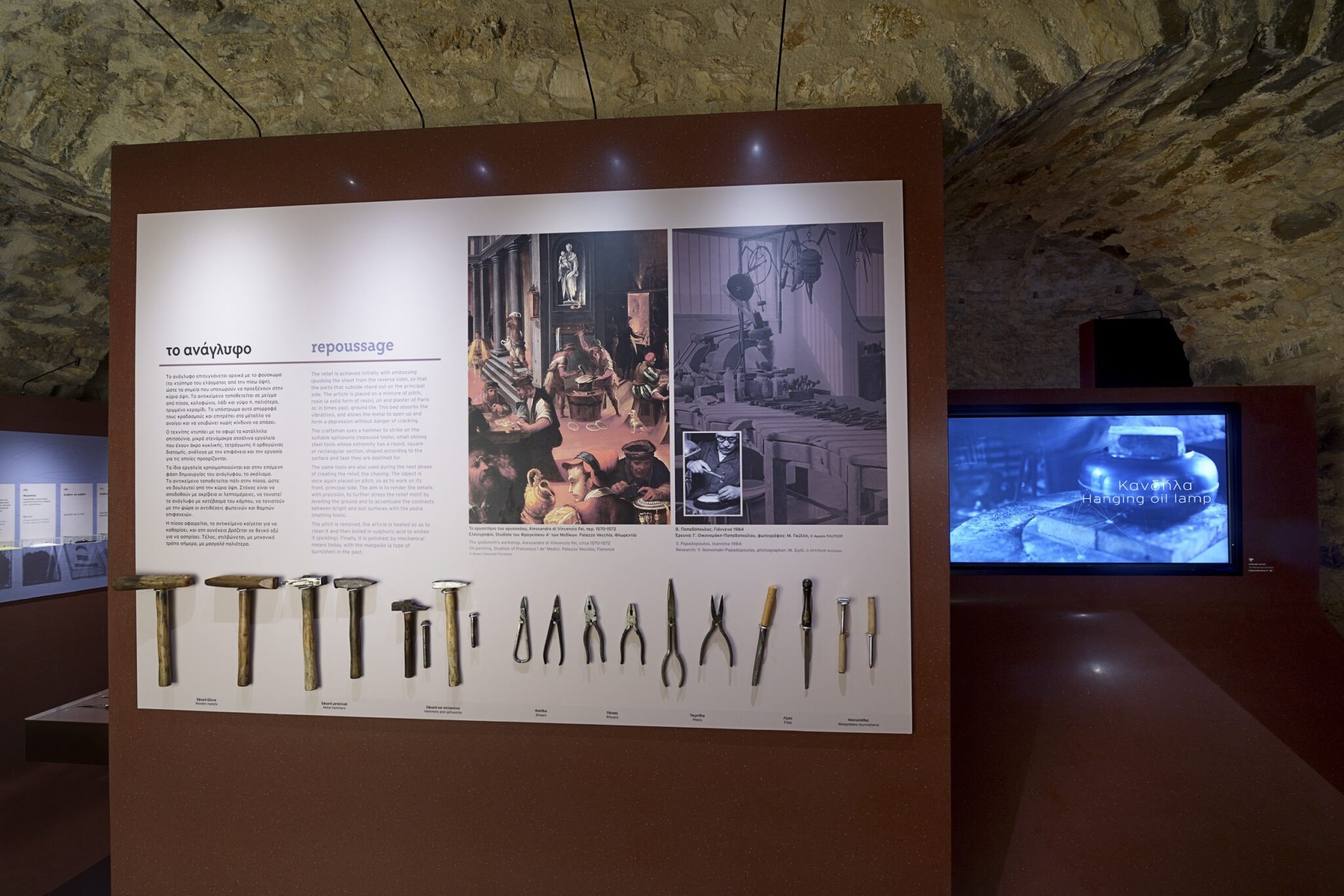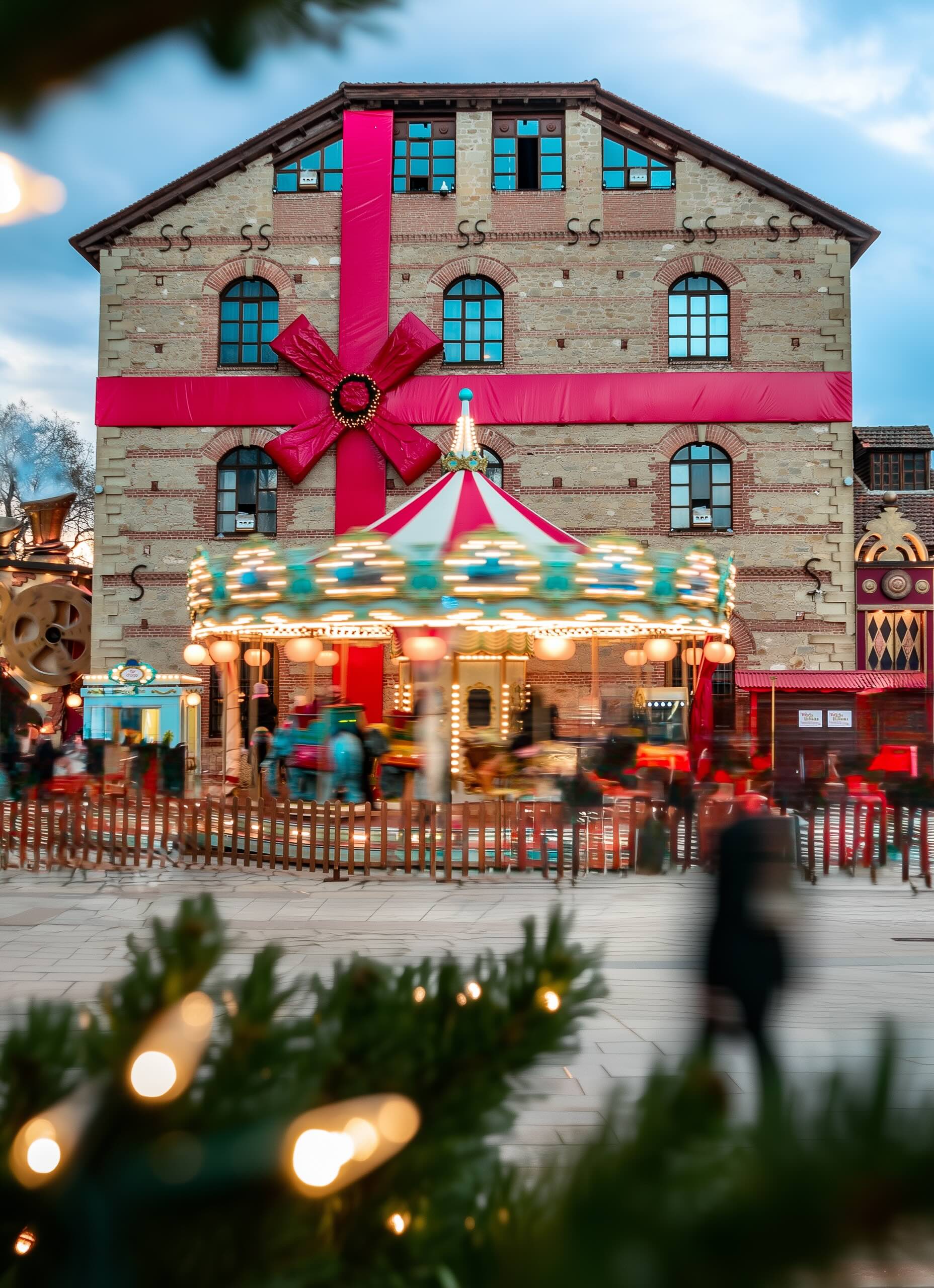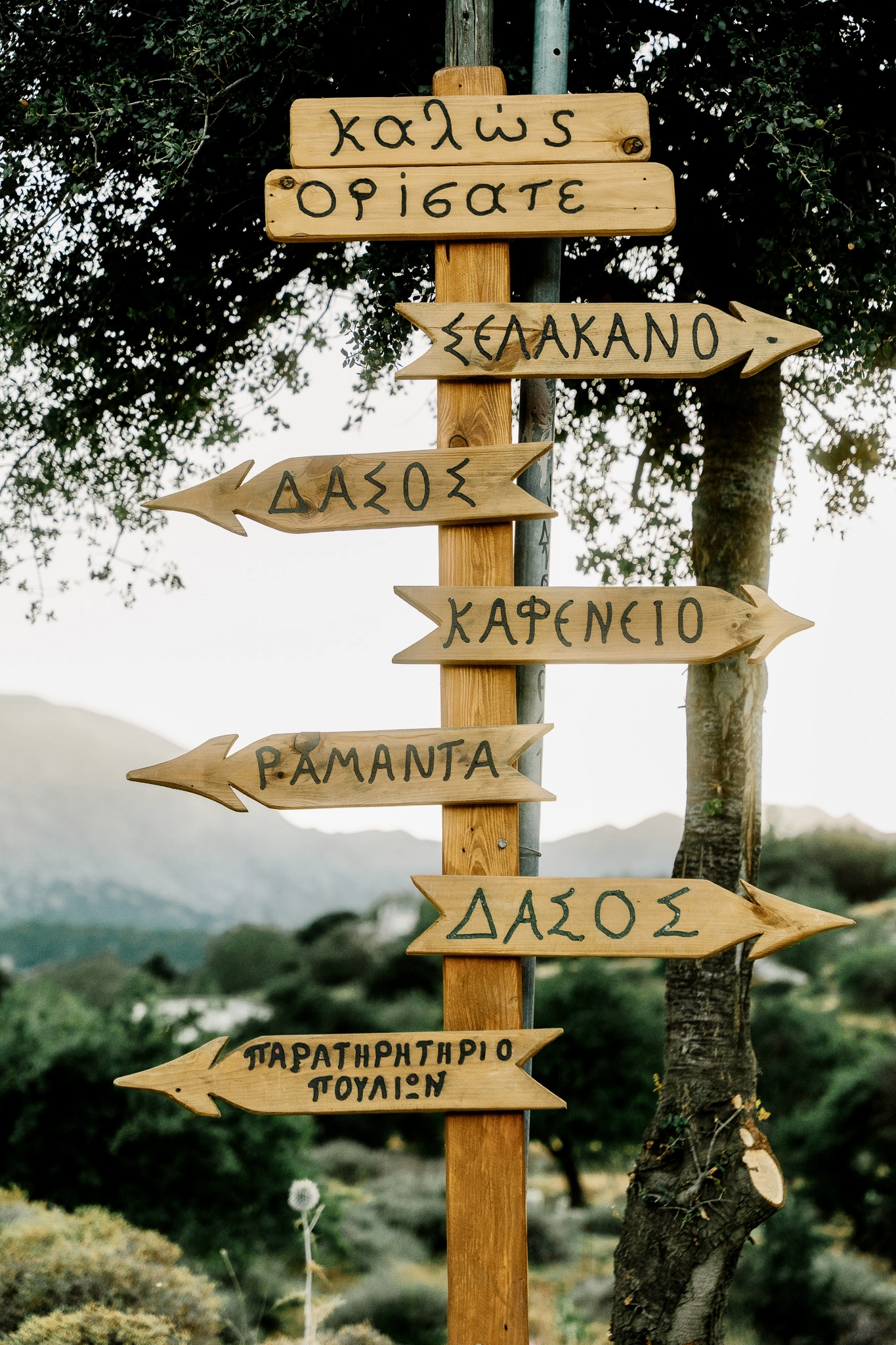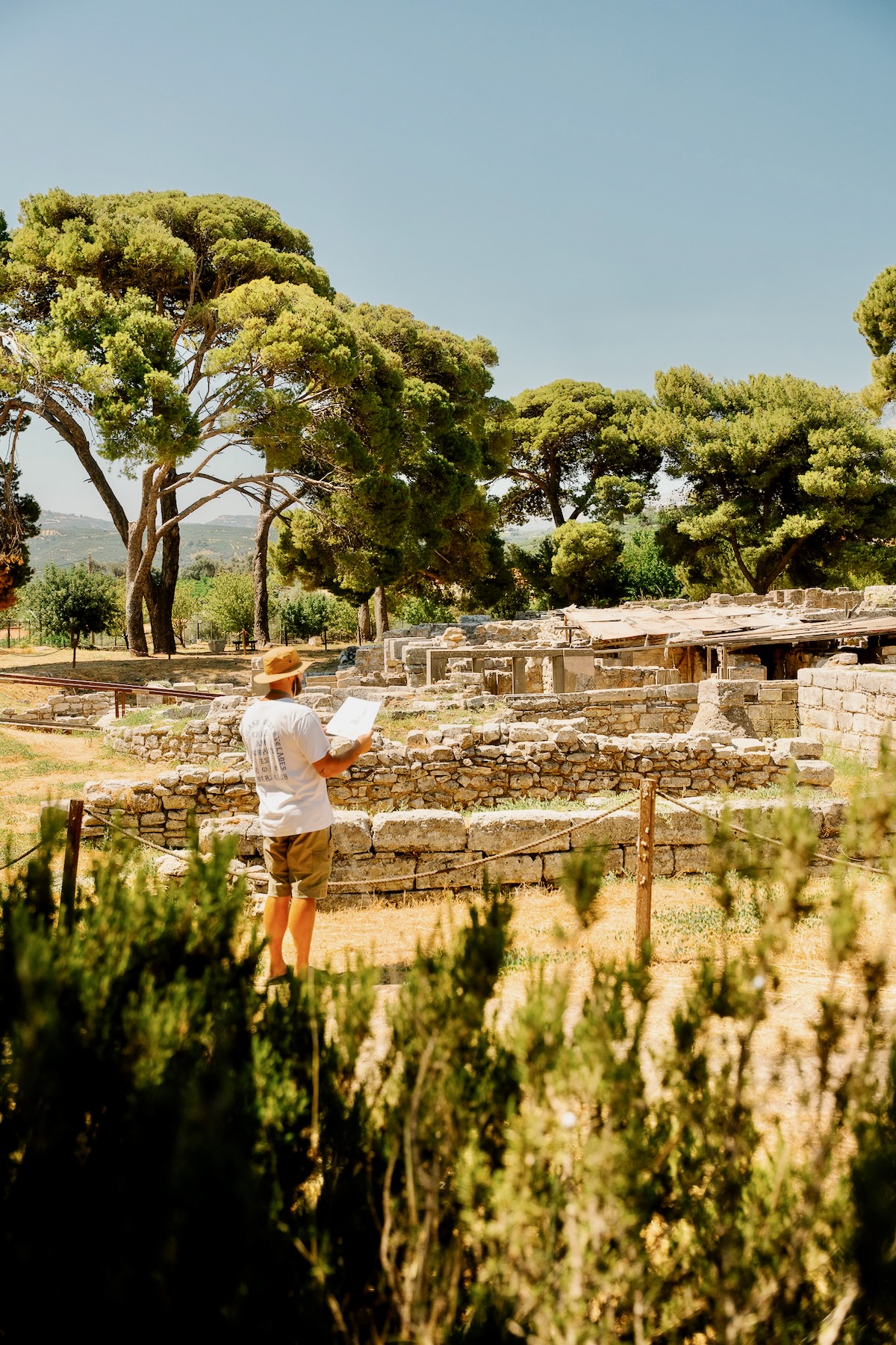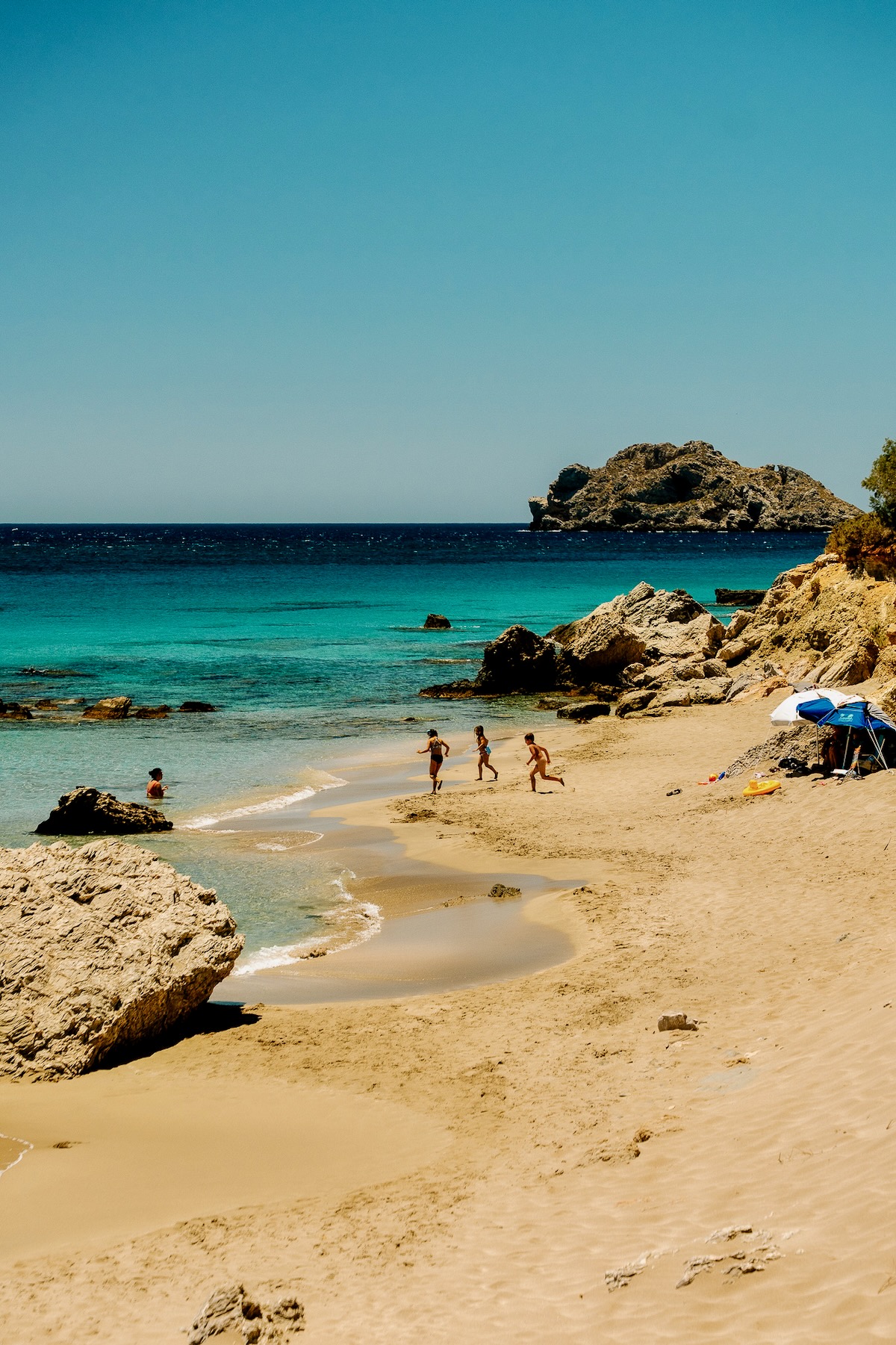Can a museum improve the image of a city? Can a new cultural project acquire the prestige of a classic attraction and become a new landmark? Can a museum enhance an archaeological site?
Travel.gr’s search for a project in Greece that manages to encapsulate all of the above revealed a museum that is only 5.5 years old, but represents the historical roots of a handcraft that has been representative of Ioannina and the region of Epirus for centuries.
At the same time, the Silversmithing Museum has achieved what is usually the most demanding challenge for any new cultural project. Namely, to assimilate quickly and become an integral part of the region’s culture, even giving the impression that it had been in the same place since forever.
A cultural heritage case-study
A cultural haven for the residents of Ioannina and at the same time a tourist attraction, the Silversmithing Museum of the Piraeus Bank Group Cultural Foundation is located in the western bastion of Its Kale, in the famous castle of the city.
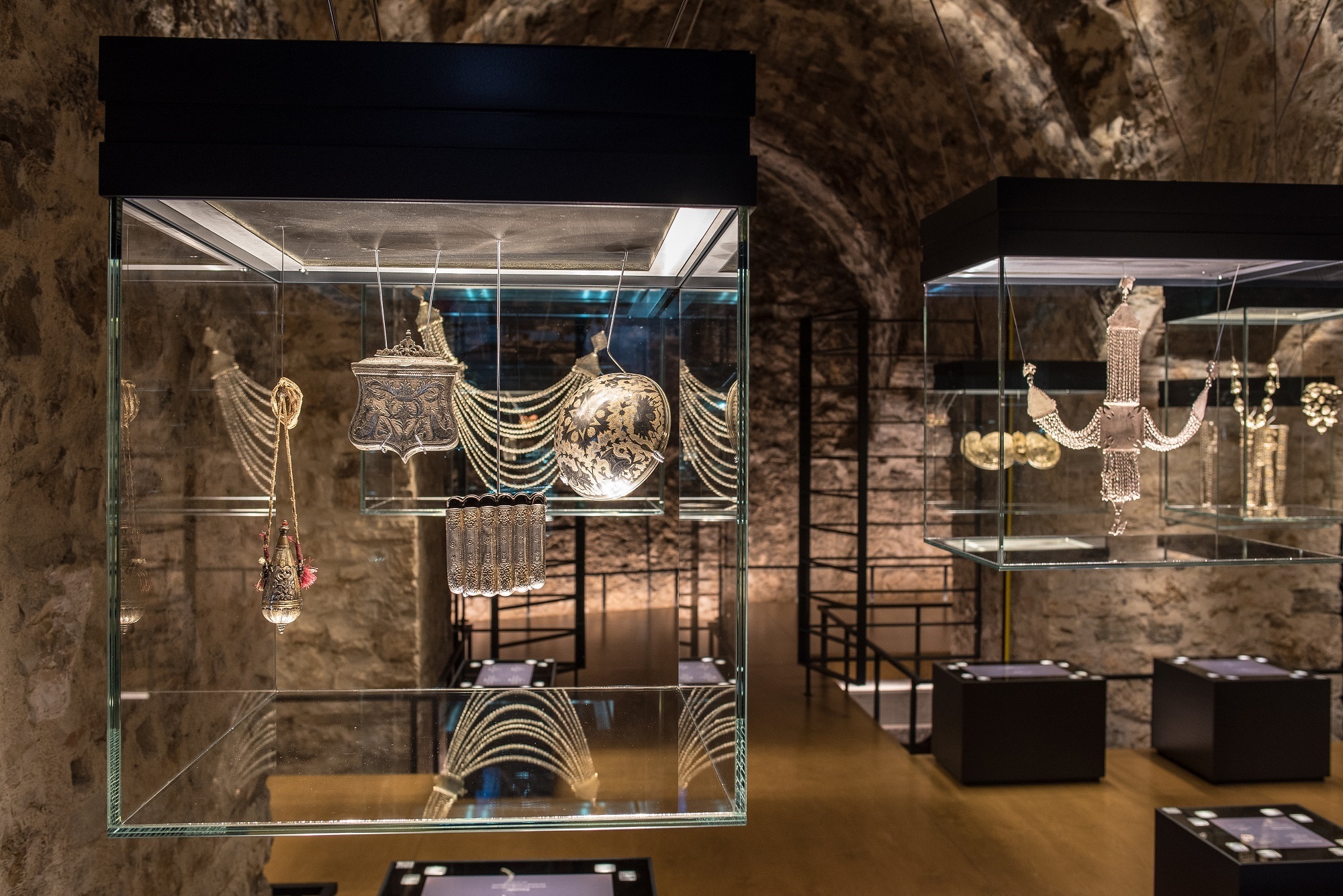
In its atmospheric premises, apart from the permanent exhibition, a series of events and activities take place throughout the year, as well as temporary exhibitions, such as the recently completed one entitled “Revolution ’21 Reframed”. The latter was held in the context of the anniversary activities of Piraeus Bank for the 200th anniversary of the 1821 Greek Revolution and in collaboration with the National History Museum. Among the activities taking place in the museum are craft workshops for children, music nights, film screenings, dance and theatre performances and stargazing nights. All of this turns the Its Kale bastion into a place of inspiration, enlightenment and discovery.
New map in the city’ s cultural development
“The Silversmithing Museum has shaped a new map in terms of the city’s cultural development. It is undoubtedly a reference point and at the same time an architectural jewel, perfectly “tied” to the city’s castle. It highlights silversmithing and is also a point of renewed interest in this art, which once flourished in the area but is currently in decline due to the absence of craftsmen. The Museum of the Piraeus Bank Group Cultural Foundation is a lively cultural hub with which we co-organize important cultural activities, mainly in its courtyard”, says the Mayor of the city, Mr. Moses Elisaf, who praises the museum’s contribution to the promotion of local culture.
For his part, the president of the Association of Ioannina Silversmiths, Mr Konstantinos Zervos states: “Undoubtedly, the contribution of the Silversmithing Museum of Ioannina is a catalytic factor in the cultural map of the city. The Museum has become a cultural nucleus and a strong creative pole in Ioannina, with which we have a continuous cooperation and exchange of views and information”.
At the same time, Mr Zervos refers to the contribution of the museum in terms of preserving knowledge about the famous masters of the art of silversmithing in Ioannina. “The presence of the museum, in this particularly emblematic landmark, namely the acropolis of the castle, functions like a cradle for the preservation of the knowledge and memory of the famous masters of Ioannina and their unique art. Moreover, it operates as an educational institution with numerous programmes and school visits. The fact that a strong element of the city’s identity, the art of silversmithing, is now represented inside the castle reinforces the landmark’s status and attracts more visitors in the region”.
For her part, the Deputy Head of the Ephorate of Antiquities of Ioannina, Mrs Varvara Papadopoulou, notes that “the Silversmithing Museum was an important infrastructure project in terms of the cultural presence of Ioannina and why not of Epirus. Its operation contributed decisively to the preservation and promotion of the archaeological site of Its Kale. Along with the other exhibition and cultural spaces that operate in the acropolis of Its Kale, the Byzantine Museum, the Treasury, the Fethiye Mosque, the temporary exhibition hall and the lecture hall, the establishment and operation of another museum further enhances the cultural character of the acropolis, which has become an important cultural pole for the city of Ioannina, a reference point for its residents and visitors”.
At the same time, Ms Papadopoulou underlines the increase in the number of visitors to Its Kale and its exhibition spaces in recent years, especially during the summer and festive seasons, for which “the operation of the Silversmithing Museum has undoubtedly contributed, which, with the expanded use of new technologies, its various events and communication activities, attracts visitors of different age groups, especially young people. Furthermore, operating in healthy competition with the Byzantine Museum of Ioannina, cooperation has been established between the Ephorate of Antiquities of Ioannina and the Silversmithing Museum, regarding the operation of temporary exhibitions and visitor attraction strategies”.
A cultural haven in the western bastion of Its Kale in Ioannina
Precious metals and wonders. A material, an art, hundreds of craftsmen and thousands of human stories that marked a city, an economy and shaped an entire society. Ioannina, closely linked to the art of silversmithing since the early Byzantine years, has a myriad of stories to tell, made with silver and gold. A snuffbox crosses the Balkans, a sheath glitters as a knife nestles inside, silver flowers in wedding crowns, two liturgical fans of a metropolitan temple; short personal stories and great tales, changing the flow of life in a place, all sprinkled with silver.
A fairy-tale roof
All these stories have an almost fairy-tale roof in Ioannina. A valuable museum is housed in the southeastern citadel, in Its Kale, of the famous castle of the city, the Silversmithing Museum, which is part of the Piraeus Bank Group Cultural Foundation‘s network of museums. There, on the bastion, where for centuries battles for survival were fought, visitors can now admire an art that made the people of Ioannina famous, brought wealth to the city and produced small masterpieces.
The two levels of the bastion and the castle’s old kitchen premises were reconstructed to accommodate the permanent exhibition that presents the silversmithing techniques of the pre-industrial period, focusing on the region of Epirus.
On the first level, you will learn about the silversmithing history and techniques in Epirus. Through an exhibition rich in tools, elements of various techniques and with the help of photographic material, audiovisual production media and multimedia applications, visitors are introduced to the traditional art of shaping and decorating silver objects.
On the second level, a collection of silver objects from the 18th to the 20th century Epirus is exhibited. Works of art with elaborate details, such as jewellery, weapons, silverware and personal items are just some of the many objects on display.
A journey through time
Epirus stone, airy, finely-cut slates instead of tiles, imposing stone arches. The museum’s premises, the bastion’s two levels and the castle’s old kitchen premises create an intense and unforgettable spatial experience. Sounds, images, multimedia games, interaction, all with the aim of making the museum a celebration of knowledge and discovery. At the entrance, a hammer works on a silver object, sounds echo throughout the space and shortly afterwards a silver candle illuminates questions and answers.
Chronologically, the Museum’s permanent exhibition covers the post-Byzantine period from the 15th century onwards, with special references to even earlier periods. The entire art of silversmithing of the pre-industrial period unfolds before our eyes. Forging, casting and embossing, filigree and niello – traditional techniques of making and decorating silver objects are presented, as well as references and names of great masters of the city. The medium and approach, among other things, manage to preserve a valuable piece of knowledge that industrialisation has radically transformed. Meticulously arranged silver objects float in space, in a place where memory is preserved and creativity flourishes.
Silver and gold. Secular and ecclesiastical works of art
How was the art of silversmithing passed on from the master craftsman to the young? Which western cities did the artisans converse with? From which Balkan capitals did they take orders? What did they dream of doing with the payment? The Museum’s bet has been won. We have entered the universe of silver and are travelling through time at full speed!
The objects and the use
The second level of the bastion reveals a number of silver objects, both secular and ecclesiastical, from the 18th to the 20th century. Accessories from traditional costumes, objects that adorned the headdress or back, buckles, bracelets and rings essentially represent the fashion of the period. Silver household utensils take us on a tour of a unique everyday life, while silver war accessories whisper stories of defence and attack in a universe so distant, yet so close to us. Glittering church relics, gospels, crosses, liturgical fans complete the journey through time and the outstanding art of Ioannina.
The exhibition concludes with references to the contemporary silversmithing of the wider region.
An exemplary museum
The Silversmithing Museum wins two bets. In addition to the content bet, the restoration and fixing of the site are equally successful. They have managed to create a rare experience and at the same time managed to do it all with absolute respect for the shell of the building in which the exhibition is housed. All the objects are presented in such a way that nothing hurts, nothing even leaves traces in the structure of the historic building.
The museum is accessible to people with disabilities
Silversmithing Museum Piraeus Bank Group Cultural Foundation www.piop.gr Opening hours: Daily, except Tuesdays, 10:00 – 17:00 until 15/10 and 10:00 – 18:00 from 16/10 onwards. +30 26510 64065



